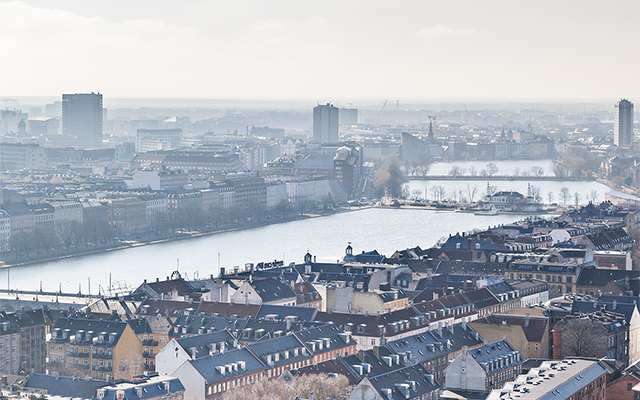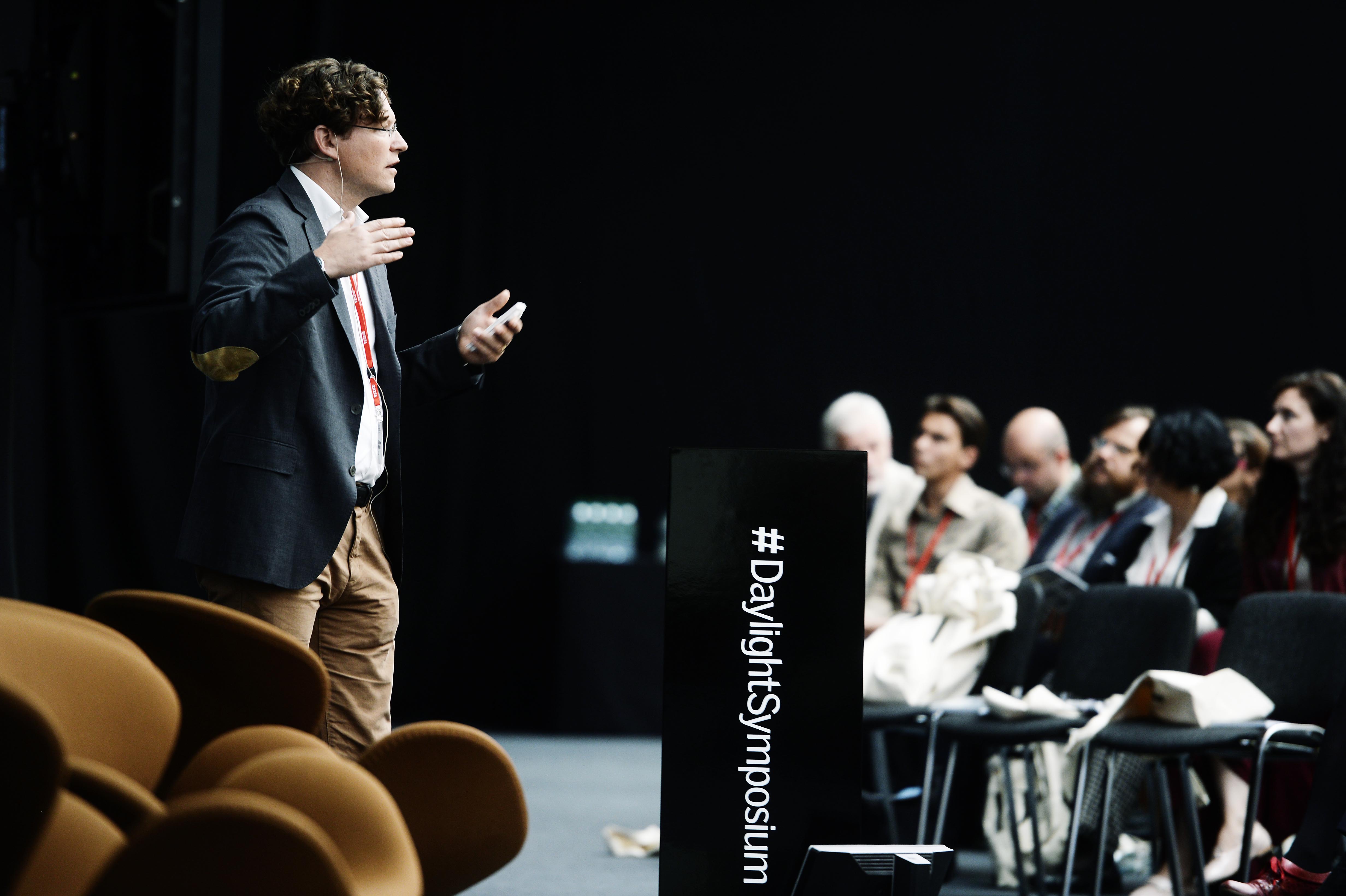
By Kathrine Westermann
Daylight is vital to our long-term health and wellbeing. Yet, our modern way of living challenges our daily access to daylight and connection to nature. So what role is left for architects and planners when we are trailing out of sync with natural lighting cycles?
For many, the daily cycle during the work week leaves little time for fresh air and outdoor light exposure.
We get up early in the morning, race to work, spend 8 to 10 hours inside an office and then rush home, sometimes making a pit stop for groceries, or a quick workout at the gym (if we’re lucky and motivated), then we cook dinner, put the children to sleep, watch the evening news, log on to the laptop and head to bed.
Our days have never been such an elaborate mix of commuting, work and social life. The only time spent outside under the open sky during the work week can easily be on the way to work and on the way home from work. In total, less than 10 % of the time we are awake – leading to a daylight deficit and decoupling from nature.
Out of sync with natural lighting cycles
The modern lifestyle today makes it pertinent to rethink buildings so they can help reestablish our connection to nature, a prerequisite for human health and wellbeing, by letting daylighting play a central role in the built environment in order to nurture the body, mind and soul.
But what role is left for architects and planners when occupants’ needs are trailing out of sync with natural lighting cycles? This is exactly what MIT building scientist Christoph Reinhart (US) will reveal in his keynote presentation at the world’s largest forum for daylight researchers, architects and building designers – the 7th Daylight Symposium to be held in Berlin, 3-4 May 2017.
Concept for new lighting requirements
Christoph Reinhart, from the MIT Sustainable Design Lab, will contemplate how today’s architects may integrate emerging lighting requirements within broader sustainable design concepts. For Reinhart, the boundaries between the work and private life of today’s knowledge workers is eroding. We can now work anywhere and anytime.
“As our schedules are becoming unique imprints of our lifestyle choices, our building and lighting concepts need to become flexible enough to accommodate conflicting needs where one occupant may go for a blue-light fix along with a double shot espresso while here colleague opts for low color temperature lighting and herbal tea,”
says Christoph Reinhart, building scientist, Massachussets Institute of Technology
Gathering architects and researchers from around the world
Christoph will be featured alongside a string of critically acclaimed architects and researchers at the Daylight Symposium, where architects, researchers and experts from all over the world will gather for two days to launch and exchange knowledge, experiences and viewpoints within the field of architecture and daylight.
This year’s symposium topic is “Healthy & Climate-Friendly Architecture – from knowledge to practice”, focusing on the use of daylight, firstly to create buildings promoting human health and wellbeing, secondly to minimize the negative impact of man-made structures and activities on climate change.
Other main speakers include:
Anne Lacaton or Jean-Philippe Vassal, principals of the architecture firm Lacaton & Vassal, having found new ways to use standard construction systems to transform older buildings by bringing more light into the buildings.
Stefan Behnisch (Germany), Behnisch Architekten, an award-winning architect and advocate of sustainable design.
Omar Gandhi, one of The Architectural League of New York’s ’Emerging Voices’ of 2016.
To see the list of speakers, please visit the Daylight Symposium programme page.




